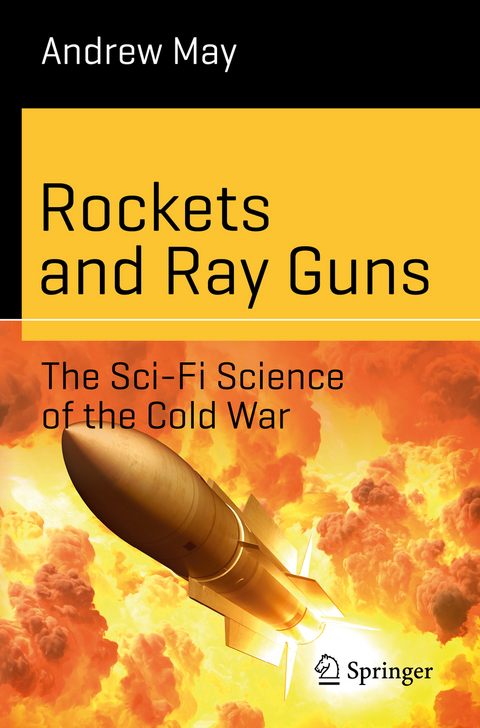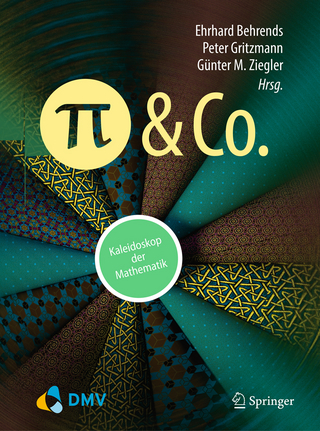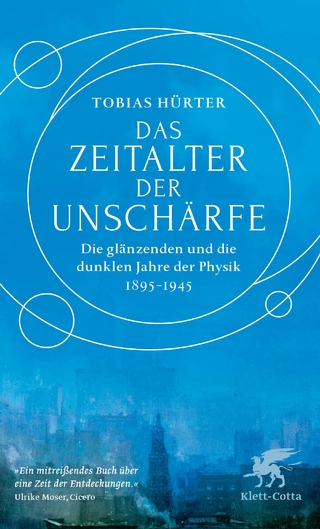
Rockets and Ray Guns: The Sci-Fi Science of the Cold War
Springer International Publishing (Verlag)
978-3-319-89829-2 (ISBN)
The Cold War saw scientists in East and West racing to create amazing new technologies, the like of which the world had never seen. Yet not everyone was taken by surprise. From super-powerful atomic weapons to rockets and space travel, readers of science fiction (SF) had seen it all before.
Sometimes reality lived up to the SF vision, at other times it didn't. The hydrogen bomb was as terrifyingly destructive as anything in fiction, while real-world lasers didn't come close to the promise of the classic SF ray gun. Nevertheless, when the scientific Cold War culminated in the Strategic Defence Initiative of the 1980s, it was so science-fictional in its aspirations that the media dubbed it "Star Wars".
This entertaining account, offering a plethora of little known facts and insights from previously classified military projects, shows how the real-world science of the Cold War followed in the footsteps of SF - and how the two together changed our perception of both science and scientists, and paved the way to the world we live in today.
Andrew May obtained a PhD in astrophysics from the University of Manchester in 1982 and is an experienced and versatile professional, with a career spanning academia, government and private industry. Since the start of 2011 he has been working as a freelance writer and defence consultant. He has a wide range of interests and has written both authoritatively and entertainingly on the physical sciences, military technology, British history, science fiction, New Age beliefs and the paranormal. He has recently published Pseudoscience and Science Fiction (2017) and The Telescopic Tourist's Guide to the Moon (2017) with Springer.
The Super-Bomb.- Journey into Space.- Electronic Brains.- Star Wars.- Mind Games.- Weird Science.- Future Shock.
"This slender paperback explores the contributions to fiction and reality by prescient novelists such as H. G. Wells, who foresaw atomic weapons in the early 20th century even as physicists were decoding the structure of the atom. ... May alludes to several classic books, TV shows, and movies to illustrate the links between science and the intriguing and astounding predictions of fiction. Each chapter has references and pictures that edify the text. Summing Up: Recommended. All readers." (N. Sadanand, Choice, Vol. 56 (5), January 2019)
"In Rockets and Rayguns, Andrew May draws on the parallels between reality and fiction, each influencing the other. ... A solid contribution to the history of science fiction and its relation to the real world, alongside a reminder of Cold War technologies that now seem like something from a very distant past." (Popular Science, popsciencebooks.blogspot.com, July, 2018)
"Rockets and Ray Guns: The Sci-Fi Science of the Cold War, explores the intersection of invention and fantasy - in this case, within the realm of science fiction - as it existed during one of the most productive time periods for both endeavors: the Cold War. ... with an impressive amount of detail, including primary source illustrations from science and SF origins alike. ... a work that will delight science, history, and SF buffs alike." (Tom Reale, AIPT!, adventuresinpoortaste.com, July, 2018)
"This is an entertaining and enlightening read for anyone with an interest in science, technology and space exploration. The author's extensive knowledge and multi-disciplinary approach to his subject matter is a refreshing change from the dry histories of the Cold War that concentrate upon the military, economic and political factors but often ignore the role of human imagination. The book is illustrated with pulp magazine and pop culture imagery." (David Clarke, Fortean Times, Issue 372, 2018)
"This book will appeal to a broad audience of specialist historians of ideas, social science, and politics as well as to students in a wide range of fields. It also serves as a model for revisiting many other partnerships in the history of social science, where mutual collaboration has been put in the shade by falsely aggrandizing searches for individual 'greatness.'" (E. Stina Lyon, Serendipities, Vol. 3 (1), 2018)
| Erscheinungsdatum | 15.06.2018 |
|---|---|
| Reihe/Serie | Science and Fiction |
| Zusatzinfo | VI, 214 p. 55 illus., 36 illus. in color. |
| Verlagsort | Cham |
| Sprache | englisch |
| Maße | 155 x 235 mm |
| Gewicht | 340 g |
| Themenwelt | Sachbuch/Ratgeber ► Natur / Technik ► Naturwissenschaft |
| Naturwissenschaften ► Physik / Astronomie ► Allgemeines / Lexika | |
| Technik ► Bauwesen | |
| Schlagworte | 20th century science fiction • Cold War's impact on science • doomsday machines • nuclear paranoia • nuclear weapons • Real Star Wars • Rocket Science • SF influencing science • Space Race technology • Strategic Defence Initiative • Technology from the Cold War |
| ISBN-10 | 3-319-89829-9 / 3319898299 |
| ISBN-13 | 978-3-319-89829-2 / 9783319898292 |
| Zustand | Neuware |
| Haben Sie eine Frage zum Produkt? |
aus dem Bereich


